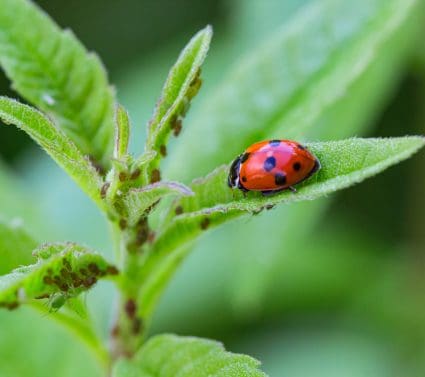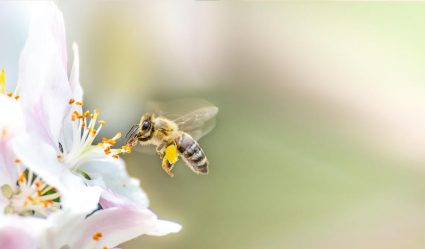
Mud birds, including barn swallows and cliff swallows, are a common sight around many homes and buildings. While they’re beautiful to observe in their natural habitat, these birds can cause several issues when they decide to nest on your property. Their mud nests can lead to property damage, sanitation concerns, and insect infestations. However, it’s important to remember that these birds are protected under the Migratory Bird Treaty Act of 1918, hence all measures to deter them should be humane and legal. This comprehensive guide will provide you with various ways to keep mud birds away from your property.
Keeping mud birds away involves identifying them and their nests, using natural deterrents like shiny objects or bird repellent sprays, and DIY methods such as installing bird netting or barriers. You can also use products specifically designed to deter mud birds like Bird B Gone’s Swallow Deterrent Solutions or Bird-X’s Ultrason X. Always ensure your methods are humane and legal as many bird species are protected by law.
Identifying Mud Birds and Their Nests
Before taking any action, it’s crucial to identify whether the birds on your property are indeed mud birds. Swallows are small, slender birds often seen zipping over fields and water bodies to catch insects in midair. They build their nests using mud as a primary construction material, often attaching them to eaves, ledges, or other parts of buildings.
Signs that mud birds have settled in a certain area include the presence of mud nests, bird droppings around their nesting sites, white excrement around nest entrances, fast-moving birds catching insects in midair, and distinctive swallow calls.
Natural Deterrents
Several natural deterrents can help keep mud birds away. Shiny objects, such as old CDs or aluminum foil strips, can be hung near nests to create dazzling light displays that scare them away. Visual tricks, like motion-activated scarecrows or garden balls, can also be used.
Creating alternative habitats away from your property can also help redirect them. Liquid bird repellent sprays can be applied to surfaces where swallows are likely to nest, making the area less appealing to them.
DIY Methods
For those who prefer DIY methods, installing bird netting is an effective solution. Hanging reflective objects near the nesting areas can also deter the birds. Installing barriers, such as sheet metal or potted plants, can prevent birds from building nests. Regularly washing away mud nests before they are completed can discourage birds from nesting in the same location.
Products for Keeping Mud Birds Away
There are several products available on the market designed to deter mud birds. Some of these include Bird B Gone’s Swallow Deterrent Solutions, Bird Barrier’s Avial Control Bird Repellent, Bird-X’s Ultrason X, Nixalite’s Swallow Control Products, and BirdStoppers’ Bird Control Products.
Consequences of Not Addressing a Mud Bird Problem
Ignoring a mud bird problem can lead to property damage, sanitation issues, insect infestations, business impact, and even legal consequences if the birds are protected by state and federal regulations.
Conclusion
Keeping mud birds away from your property requires a combination of preventative measures, deterrents, and possibly professional help. Always remember to use humane methods and avoid harming the birds or destroying their nests, as many bird species are protected by law. Whether you choose to install bird netting or use repellent sprays, taking action can help protect your property from potential damage and keep these beautiful birds safe in their natural habitat.
Frequently Asked Questions
When is the best time to implement these deterrents?
The best time to implement these deterrents is before the nesting season begins, typically in early spring. Once mud birds have begun building their nests, it is illegal to disturb them.
Are there any specific regulations regarding the removal of mud bird nests?
Yes, under the Migratory Bird Treaty Act of 1918, it’s illegal to remove, destroy, or disturb the nest of any native bird without a permit. It’s always best to consult with local wildlife authorities before taking any action.
Can mud birds cause health issues?
While mud birds are not directly harmful to humans, their droppings and nesting materials can harbor parasites and diseases, which can pose health risks. It’s best to keep them away from living areas and food sources.
What should I do if the deterrents are not working?
If the deterrents are not working, consider seeking professional help. Companies specializing in bird control can provide more effective and legal solutions to keep mud birds away from your property.
Are mud birds protected worldwide?
The protection status of mud birds may vary depending on the country. In the United States, they are protected under the Migratory Bird Treaty Act. Always check with local wildlife authorities for specific regulations in your area.










